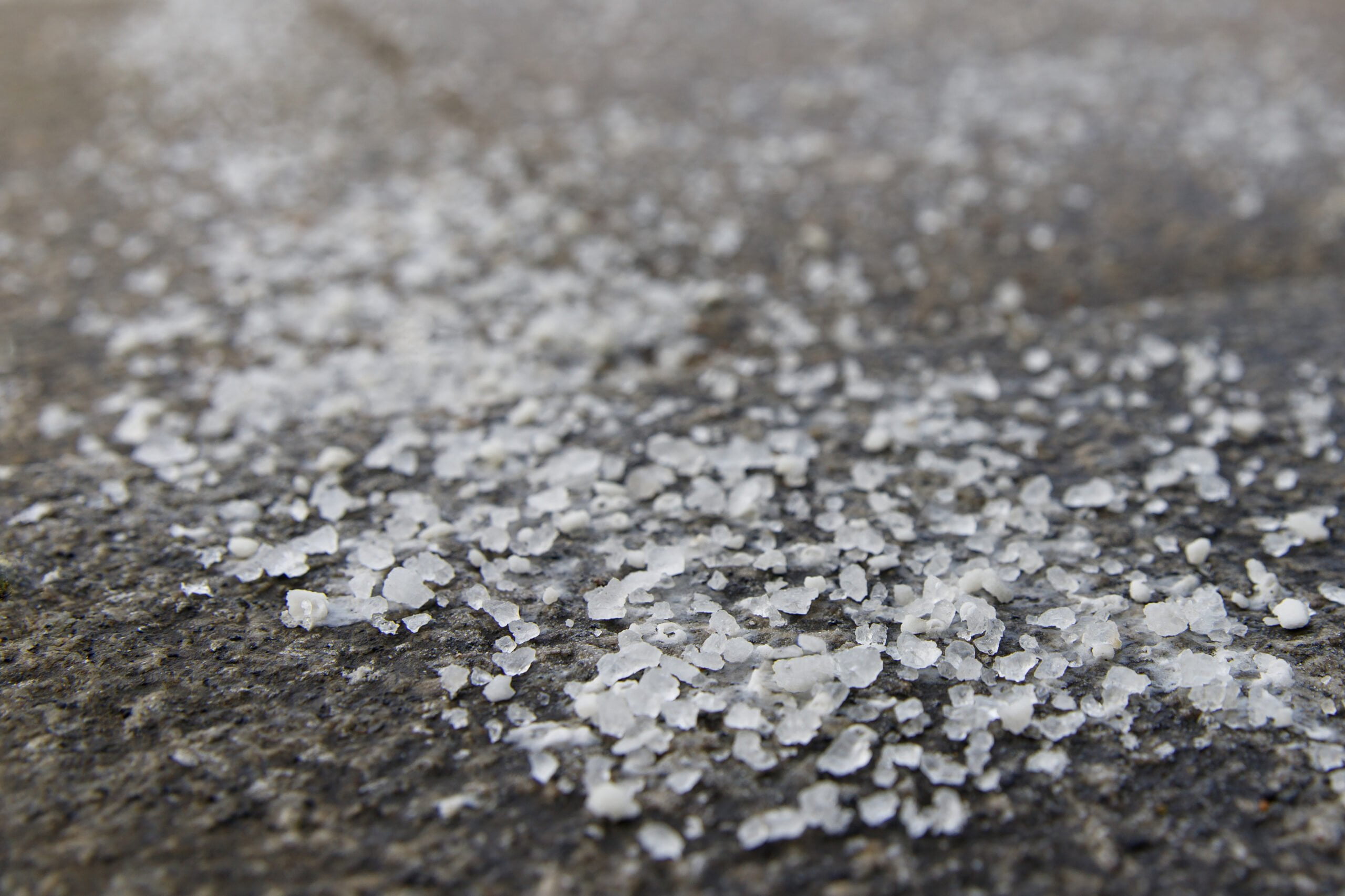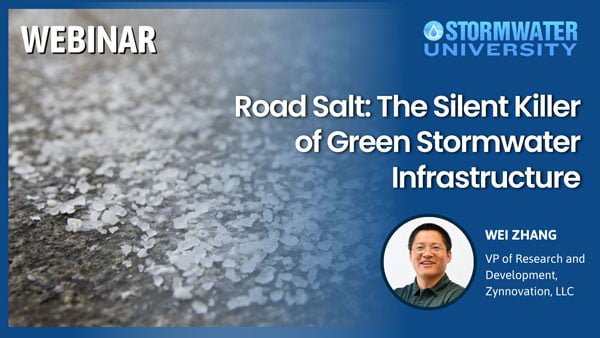Date: May 9, 2024 | 2:00 PM EST/1:00 PM CST
Speaker: Wei Zhang
Credits: 0.1 CEU / 1.0 PDH
In the northern climates, wintry weathers are the headaches of civil engineers at least on two aspects: snow removal and the adverse impacts of road salts on low impact development (LID) projects. LIDs try to mimic the pre-development hydrology by using natural processes like vegetation to reduce, retain, detain and infiltrate stormwater. It is commonly used around streets, parking lots and other impervious surfaces. At the same time, applying truck loads of deicing salt on these surfaces is not an option in northern climates. By design, LIDs take the first flush of stormwater runoff, which means high salt concentration. It is all too common to observe the damages and casualties in LIDs after salt application. Damages to many plants only show up in the spring time, which is often too late to remedy the damaged plants. Frequently replacing dead plants–standard operation–poses a high impact to the environment. Some LID projects were killed because of these unexpected high maintenance costs.
Is there a cure? Educating the snow industry to reduce the use of salt is still the best solution. After salts enters the LIDs, the only way to get rid of them is wash them off. However, irrigation systems or watering methods are on strike (winterized by operators or frozen by Mother Nature) when deicing salt is applied. Fortunately, the areas that need large amount of salts are also areas with high precipitation. This presentation is about how to catch and store stormwater and release it when salt is present so to mitigate the damages of LIDs by deicing salt.
Learning Objectives
- Learn the recent history of how it was started to use salt on road and the importance of of salt to modern society
- Determine the impacts road salt has on the ecosystem and environment
- Discuss how salt affects the health of roadside plants and in LIDs
- Identify salt-related problems in LIDs as well as review and recommend methods to mitigate this problem
- Review case studies on road salt mitigation by using the stormwater
About the Presenter

Wei Zhang, VP of Research and Development, Zynnovation, LLC
Wei Zhang is also the Education Coordinator of The Institute of Soil Genomics for Healthy Community Forests. He holds a Ph.D. degree in Engineering from Virginia Tech. He has been doing research & development for the green industry for 15 years. His research areas include watering solutions for landscape plants, relationship of soil/water/air, plant protection against stresses like drought and road salt. His work also provides novel solutions to green stormwater infrastructures, for which plants are used for the treatment of pollutants in stormwater.
He has more than 40+ peer-reviewed scientific journal articles, one monograph and 200+ conference presentations. He has been a frequent speaker on Arboriculture, Landscape Architecture, Urban Forestry, Stormwater Green Infrastructure, and related conferences and symposiums. He is known as a scientist, educator and public speaker. Dr. Zhang is an ASLA approved LA CES provider.




